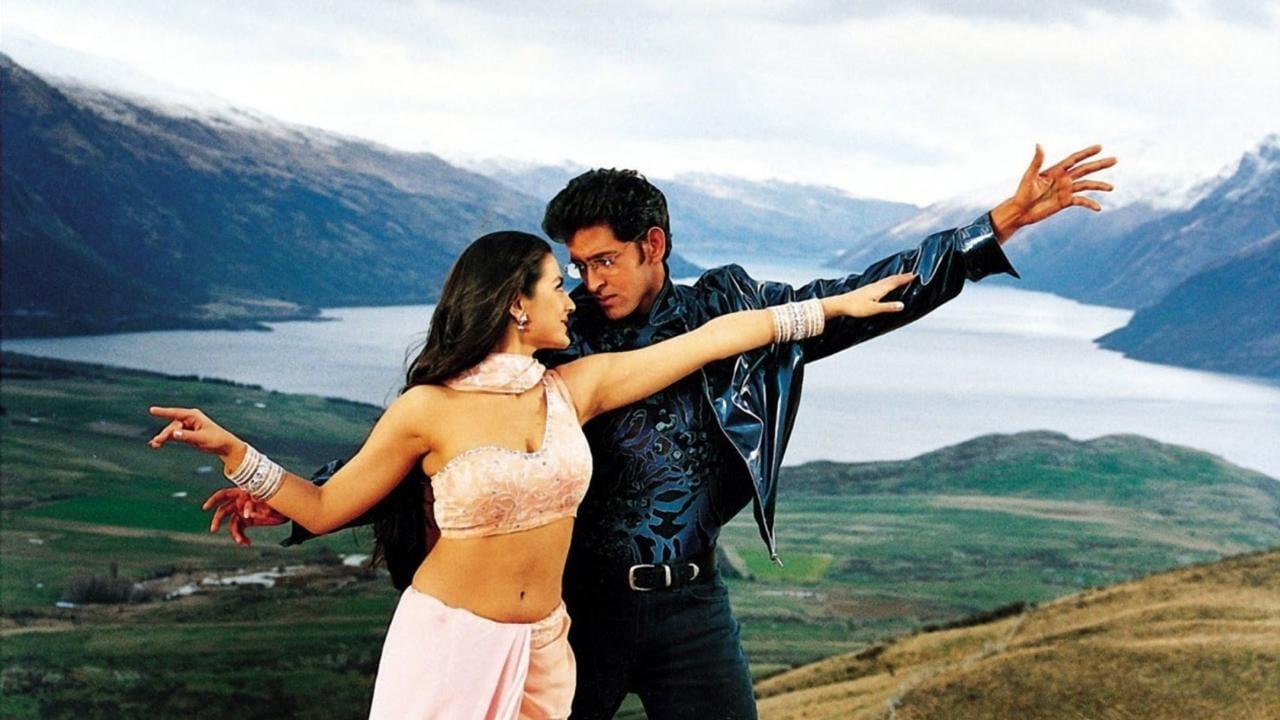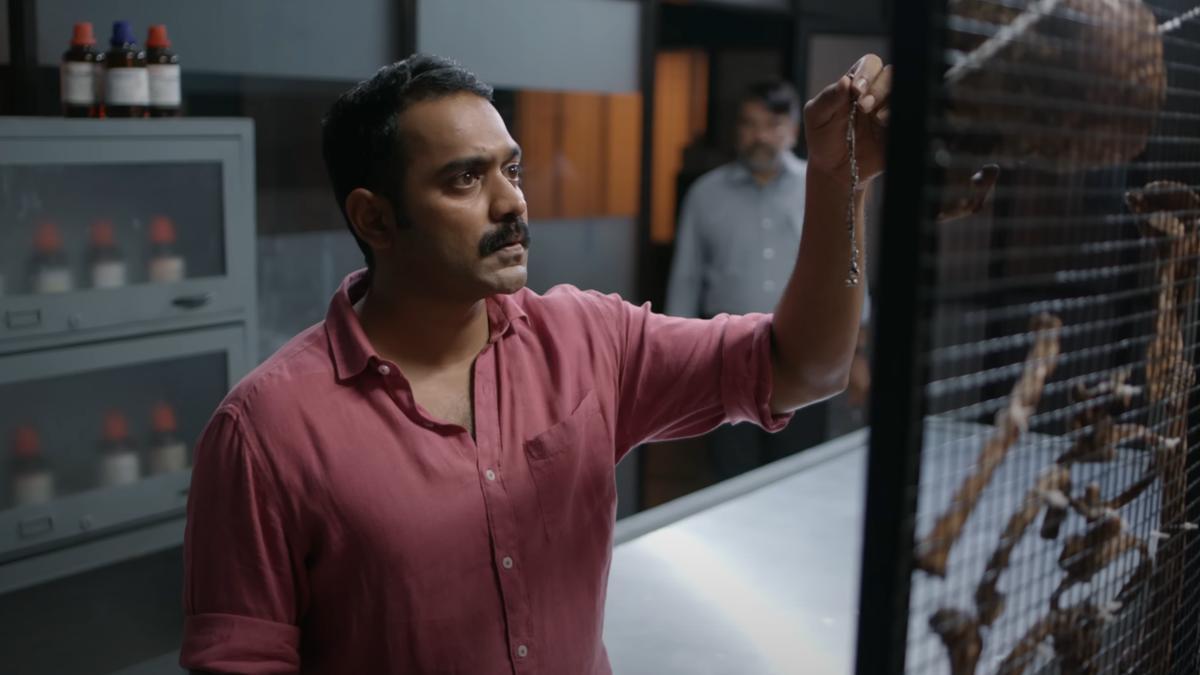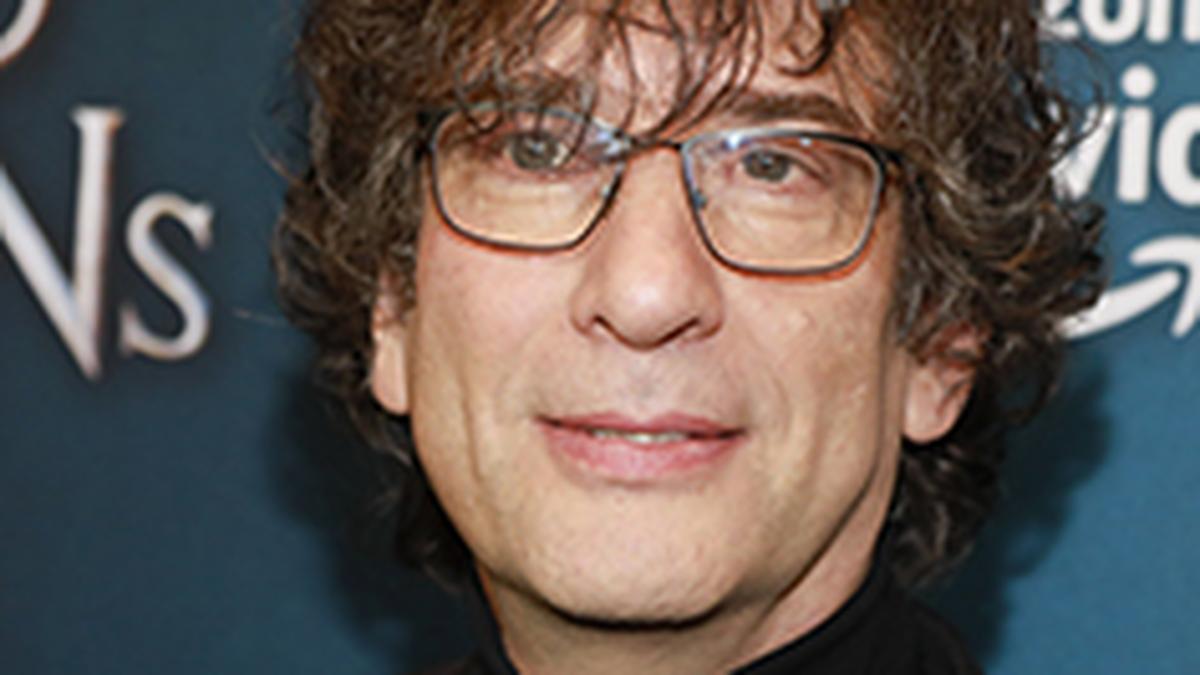
In Mumbai, the newly released television mini-series ‘IC 814: The Kandahar Hijack,’ directed by Anubhav Sinha, is facing a surge of online criticism for its portrayal of the infamous hijacking incident of Indian Airlines Flight 814. This dramatized retelling has sparked a fevered debate on social media, whereby users have accused the series of distorting reality and whitewashing facts, especially concerning the depiction of the hijackers and the involvement of the Pakistani intelligence agency, ISI.
The hijacking of Indian Airlines Flight 814, which occurred on December 24, 1999, involved six terrorists from the Harkat-ul-Mujahideen group: Ibrahim Athar, Shahid Akhtar Sayed, Sunny, Ahmad Qazi, Zahoor Mistry, and Shakir. They seized the flight with demands for the release of three Pakistani terrorists held in Indian prisons: Ahmed Omar Saeed Sheikh, Masood Azhar, and Mushtaq Ahmed Zargar. The hostage crisis endured for seven days, concluding with India capitulating to the hijackers’ demands.
However, the controversy arises from the series’ portrayal of these real-life terror suspects. Critics claim that the series not only humanizes the terrorists but also misrepresents their identities by using different names. These altered names – Bhola, Shankar, Chief, Doctor, and Burger – differ markedly from the real names of the hijackers. As a result, many viewers perceive this as a deliberate act of whitewashing.
An irate viewer shared on X (formerly Twitter), “Kandahar flight hijackers’ original names: Ibrahim Athar, Shahid Akhtar, Sunny Ahmed, Zahoor Mistry, and Shakir. Anubhav Sinha hijacker web series ‘IC 814’ depicted as Bhola, Shankar. This is how whitewashing is done cinematically.” Another user expressed dismay, “The hijackers of IC814 were lethal, cruel – to even attempt to show some of them as human in the Netflix series is unfair.”
Additionally, some social media users are baffled by Netflix India’s decision to approve such content, accusing the platform of negligence. One user wrote, “Not a cool thing to do. I wonder how the @NetflixIndia team can be so reckless to let this happen.
.”
Despite the backlash, the series’ defenders point to a January 2000 report from India’s Ministry of External Affairs, which revealed that the hijackers addressed each other using pseudonyms like Bhola, Shankar, Chief, Doctor, and Burger during the ordeal. Neelesh Misra, a prominent journalist and author of the book ‘173 Hours in Captivity: The Hijacking of IC814,’ corroborated this in a social media post: “Shankar, Bhola, Burger, Doctor, and the Chief, the brother of then-jailed Masood Azhar himself. All the hijackers assumed false names. That is how they referred to each other and how the passengers referred to them throughout the hijacking.”
Nevertheless, these revelations have not quashed the controversy. The debate around the series underscores the broader issues of how historical events are depicted in entertainment media, the responsibility of filmmakers to factual accuracy, and the sensitivity involved in portraying real-life tragedies.
For those unfamiliar, the IC 814 hijacking involved a dramatic series of events. The flight, bound from Kathmandu to Delhi, was hijacked just 40 minutes after take-off. The hijackers redirected the plane, ultimately grounding it at Kandahar, Afghanistan, where the Taliban held power. During the week-long standoff, the crisis resulted in a tragic killing of one passenger, Rupin Katyal, while others languished under severe stress and mistreatment.
Critics of the series argue that such a sensitive and traumatic event should be handled with the utmost care and accuracy. By seemingly altering the identities and possibly the portrayal of the hijackers, ‘IC 814: The Kandahar Hijack,’ has stirred memories and emotions, particularly among those who still remember the distressing ordeal vividly.
One of the broader implications of this controversy is the conversation about artistic license versus historical fidelity. While filmmakers seek to create compelling narratives, there is an inherent conflict when the storytelling diverges too far from documented facts, especially concerning significant historical events involving human suffering and loss.
The uproar surrounding ‘IC 814: The Kandahar Hijack’ serves as a poignant reminder that how stories are told in media can have profound impacts on public perception and memory of historical events. For now, the debate continues unabated on social media and beyond, reflecting the tension between creative expression and factual representation in the portrayal of historical narratives.










